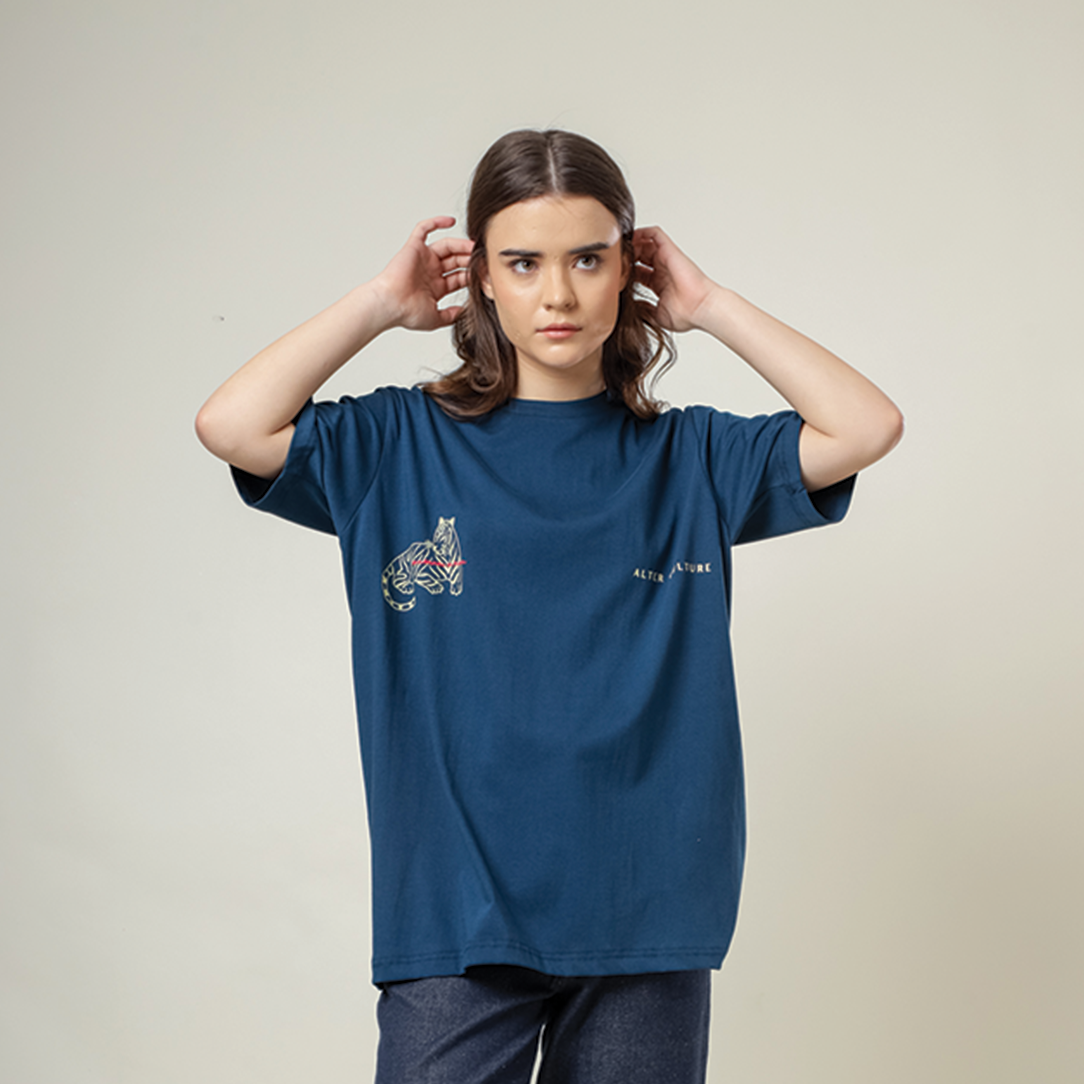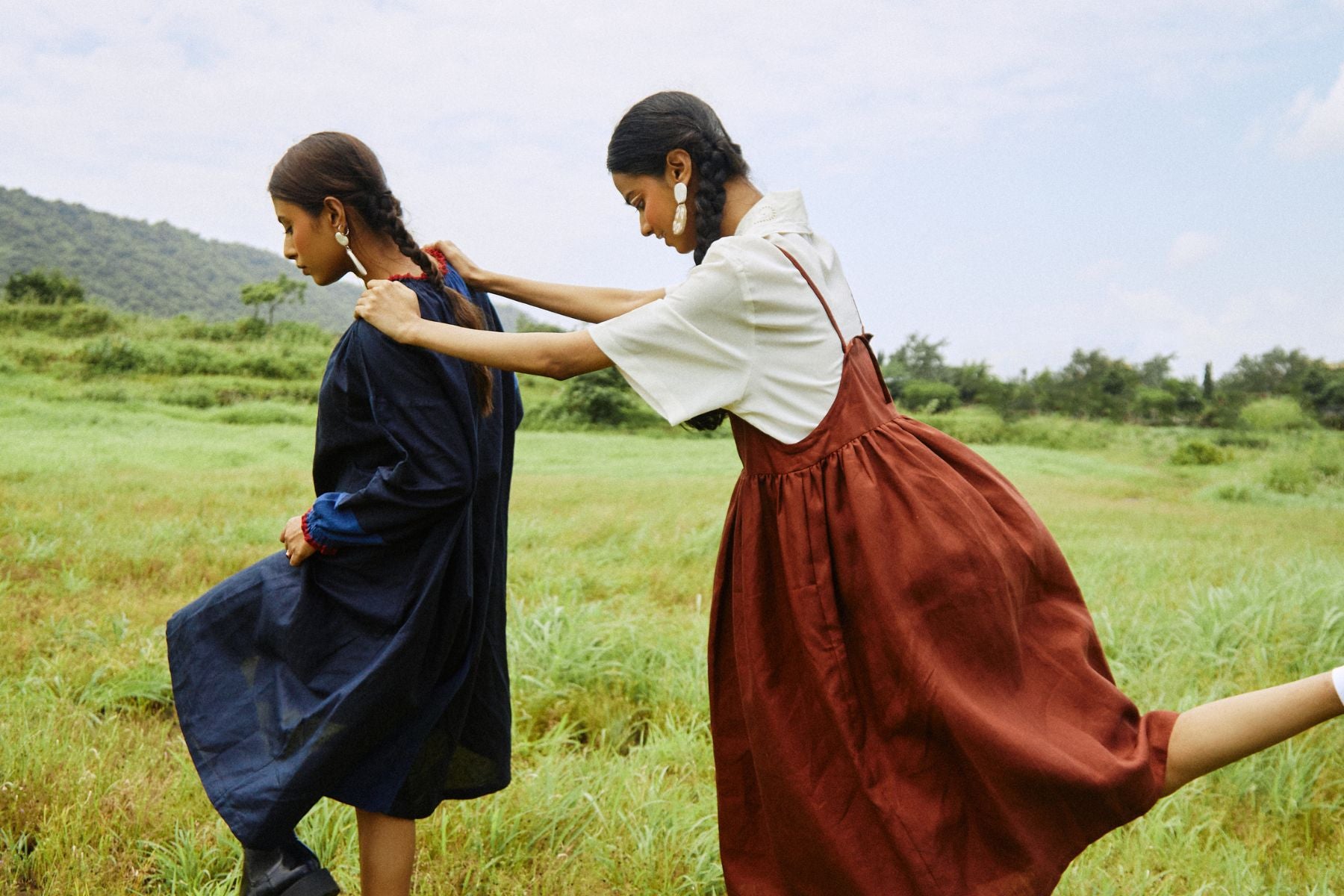
The History And Evolution of Sustainable Fashion
Sustainable fashion is a concept that has become increasingly important in recent years. The fashion industry has a significant impact on the environment, and the need for sustainable practices has never been more pressing.
The term “sustainable fashion” first emerged in the 1990s, however, its roots go back much further than that. In the 19th century, during the industrial revolution, clothing was produced in factories, which led to a massive increase in production and a corresponding increase in waste. At the time, concerns about the environmental impact of the fashion industry were raised, but it wasn’t until the late 20th century that sustainability became a mainstream topic.
In this blog, we will take a look at the history and evolution of sustainable fashion, exploring the timeline of relevant happenings that have shaped the industry and brought it to where it is today.
Pre-Industrial Era (1700s-1800s)
During the pre-industrial era, clothing was handmade and created using locally sourced materials. This meant that clothing was produced on a smaller scale, reducing the impact on the environment. Moreover, the use of natural fibers such as wool, cotton, and linen was widespread, which were biodegradable and did not harm the environment. Additionally, the clothing was repairable and could be passed down from generation to generation, reducing waste.
Industrial Revolution (1760-1840)
The industrial revolution marked the beginning of mass production and the creation of synthetic fibers, such as nylon and polyester. This led to a shift towards cheaper, faster, and more efficient production methods, which greatly impacted the environment. The rise of fast fashion, where trendy clothing was produced quickly and cheaply, led to a throwaway culture and an increase in waste.
The Emergence of Environmental Awareness (1960s and 1970s)
The 1960s and 1970s saw the emergence of environmental awareness and the birth of the environmental movement. This led to the creation of environmental organizations, such as Greenpeace and Friends of the Earth, which aimed to protect the planet and promote sustainability. As a result, consumers became more conscious of the impact of their consumption and began to demand environmentally friendly products.
The Rise of Synthetic Fibers (1980s and 1990s)
During the 1980s and 1990s, synthetic fibers became increasingly popular due to their durability and low cost. This led to the rise of fast fashion, where clothing was produced quickly and cheaply, contributing to an increase in waste. However, this period also saw the emergence of organic cotton, which was grown without the use of pesticides or synthetic fertilizers.
2000s - The Birth of Sustainable Fashion
The early 2000s marked the birth of sustainable fashion, as consumers became more conscious of their impact on the environment. The concept of sustainable fashion gained wider acceptance, and companies began to adopt sustainable practices.
Brands such as Patagonia and H&M began to use recycled materials, and designers like Stella McCartney started to focus on creating clothes that were both stylish and environmentally responsible. The rise of social media also played a role in spreading the message of sustainability, and consumers became more aware of the impact of their clothing choices. Brands began to take notice and started to incorporate sustainable practices into their production processes. This included the use of organic cotton, the incorporation of recycled materials, and the adoption of environmentally friendly production methods.
2010s - The Growth of Sustainable Fashion
In the last decade, sustainable fashion has continued to grow in popularity, driven by consumers who are increasingly conscious of their impact on the environment. This has led to the creation of new and innovative materials, such as Tencel, a sustainable alternative to synthetic fibers. Additionally, the rise of second-hand clothing and the circular economy has made it easier for consumers to access sustainable clothing. Brands have also started to take sustainability more seriously, with many committing to reducing their environmental impact and promoting environmentally friendly practices.
Doodlage, in particular, is known for the unique approach to upcycling and reducing waste. We use scrap fabric and textiles to create new and innovative designs, reducing the amount of waste that would have otherwise gone to landfills. We offer a wide range of ethical sustainable women's clothing options as well as comfortable and stylish drip for men to choose from.
The Evolution (2021 - The Present Day)
In recent years, sustainable fashion has continued to evolve. The use of biodegradable materials, such as bamboo and hemp, has become more widespread, and new technologies, such as 3D printing, have made it possible to produce clothes more efficiently. The circular economy, which is focused on keeping resources in use for as long as possible, has also gained traction, and companies are now looking for ways to extend the life of their products.
Today, sustainable fashion is more popular than ever, with consumers seeking out environmentally friendly and ethical clothing. The industry has come a long way since the industrial revolution, and the use of sustainable materials and practices is now the norm for sustainable luxury fashion brands.
The rise of online shopping has made it easier for consumers, especially women, to buy and have access to information about the products they are purchasing. With a few clicks, you can now browse and buy sustainable women's designer dresses online.
The Bottom Line
The history and evolution of sustainable fashion demonstrate the growing importance of environmental responsibility in the fashion industry. From the early concerns raised in the 19th century to the widespread adoption of sustainable practices today, the fashion industry has come a long way. However, there is still much work to be done, and the industry must continue to innovate and evolve to minimize its impact on the environment.





Leave a comment
This site is protected by hCaptcha and the hCaptcha Privacy Policy and Terms of Service apply.